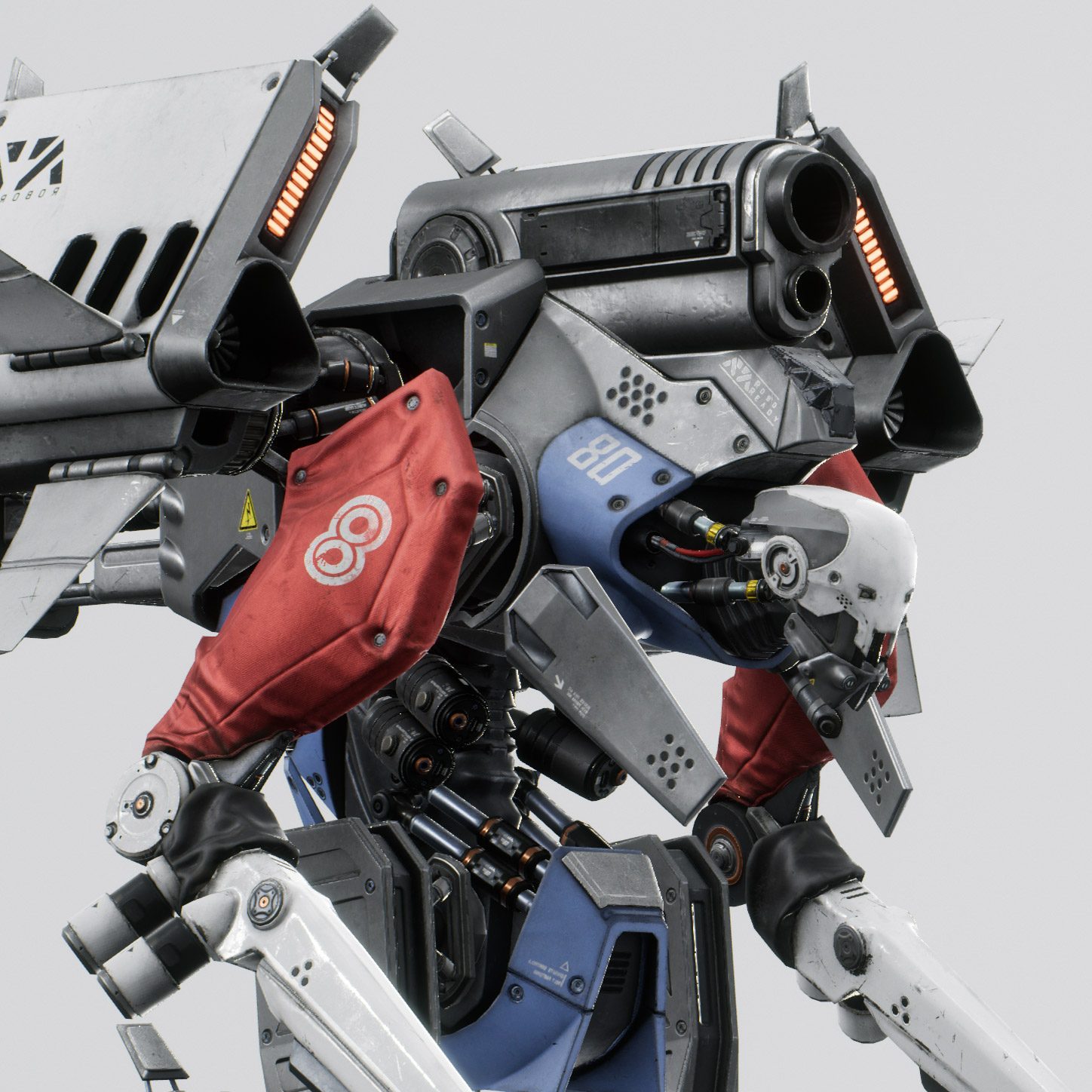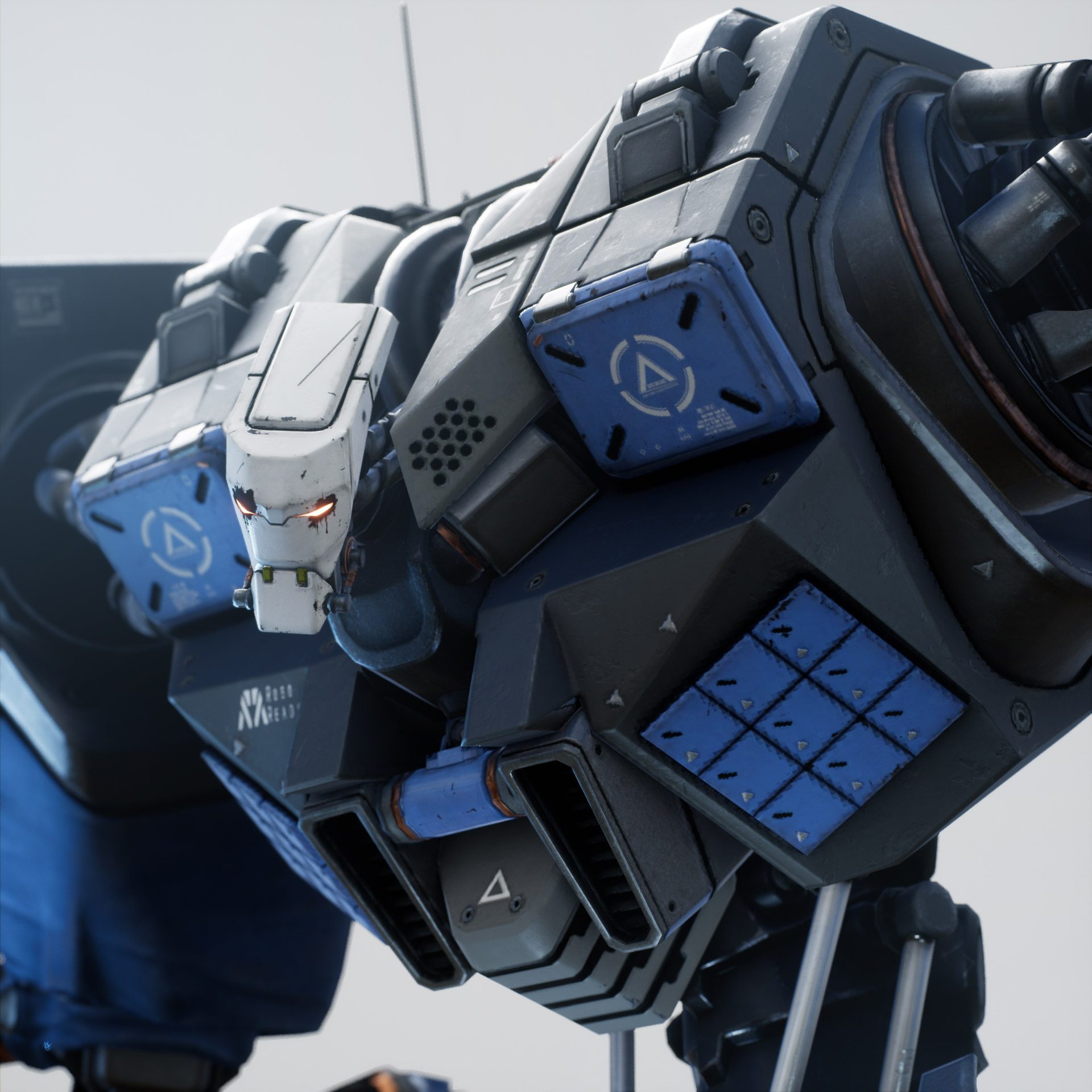Shared Sociopathy
Speaking of the Souls games they had an interesting take on multiplayer, something conspicuous by its absence in Robo Recall. Another casualty of the slow motion which, of course, would be incredibly tough to pull of in a multiplayer context. Over to Whiting:
“We have some ideas in that regard but it’s one of those things that we didn’t have time to do because the team was still only 15 people, so multiplayer was one of the complexities that didn’t make it. You want to be able to teleport up to a bot and then each person grab a limb…”
At this point I suggest this might sound weird to say to someone not familiar with the game. Co-op dismemberment. He laughs, and quips “it’s a great feature of VR, shared sociopathy.”
– – — – –
All of which which brings us, finally, back to the launch of the game. With the release of the game imminent (at the time of the interview), and the reaction of the public soon to be known, surely Whiting must be feeling some trepidation? Not so much.
“When we got word that it was finally certified and locked down there was a wave of relief. There’s always that very nervous moment when things are wrapping up and you’re looking at all the critical bugs coming through. That moment when everything’s actually pinned down and certified shippable is a great relief.” So no sleepless nights then? “I slept like a baby.”
As did I, after spending five straight hours with the game.


